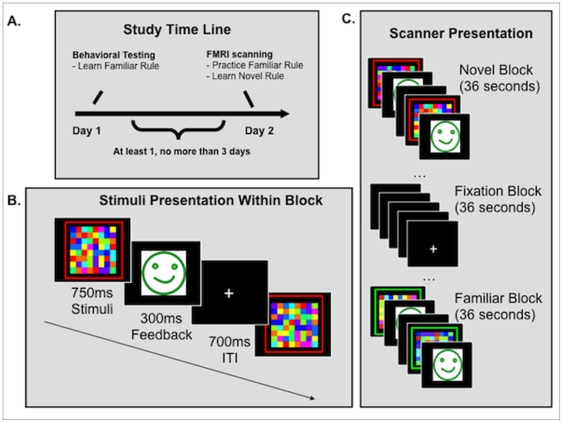Figure 3. Depiction of study timing across days.
A. Time line of study. All subjects participated in a behavioral session before the fMRI session where they learned two rules to criterion (80% accuracy). In each rule (presented as 1 block), they distinguished with a button press between 2 families of stimuli. These rules are designated Familiar Rules. During the fMRI session, they practiced these rules on some blocks and on other blocks learned 2 new rules, designated Novel Rules. B. Task presentation during behavioral training and fMRI scanning. Each exemplar of a family was presented for 750 ms, during which time participants responded with a button press indicating which family it belonged to. Their response was followed by feedback indicating if this response was correct or not. Feedback was either a green smiley face or a red frowny face. Finally, this was followed by a 700 ms intertrial interval (ITI) C. Scanner Presentation. Stimuli were presented in a blocked design. Outline (here in red or green) indicates the kind of rule being performed (Familiar 1 or 2 or Novel 1 or 2).

